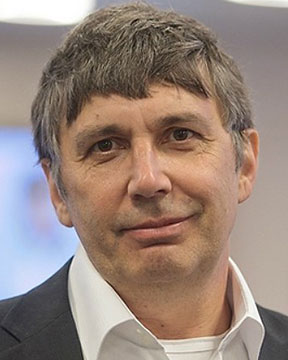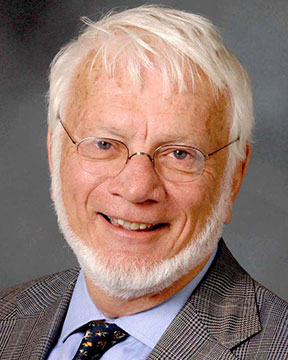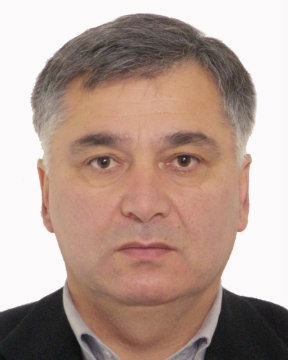



















 |
Nikoloz ChikhradzeG. Tsulukidze Mining InstituteFabrication Of Nanocomposites By Mechanical Alloying And Explosive Consolidation 4th Intl. Symp. on New and Advanced Materials and Technologies for Energy, Environment and Sustainable Development Back to Plenary Lectures » |
Abstract:Bulk nanostructure materials are characterized by high specific strength, hardness, corrosion, and wear resistant properties, and in particular, conditions by super-plasticity [1, 2, 3]. They exhibit specific electrical, thermal, magnetic, optical, chemical and other properties. Accordingly, the demand on nanoparticles and bulk nanocomposites in increased for practical application. Therefore, the development of new technologies for fabrication of bulk nanocomposites is big challenge. This paper consists of an experimental investigation and manufacture of multifunctional bulk nanostructured composite materials in Ti-Al-B-C, Si-B-C, SiC-B-C B<sub>4</sub>C-SiC, B<sub>4</sub>C-Si-C systems. The coarse crystalline Ti, Al, amorphous Boron and Carbon (Graphite) elementary pure (at least 98%) powders were used as precursors. The blend with different percentage contents of the powders were prepared. The high energetic "Fritsch" Planetary ball mill was used for blend processing, mechanical alloying, amorphization, and nanopowder production. The time of processing varied in range of: 1-36h. The optimal technological regimes for nanopowder preparation are determined experimentally. Ball milled blend compacted by explosive consolidation technology and bulk composite materials are fabricated. For shock wave generation, the industrial explosives and new explosives obtained from decommissioned weapons were used in the experiments. The technological parameters of the explosive consolidation and the structure-properties relationship are presented and discussed in the paper. |
|